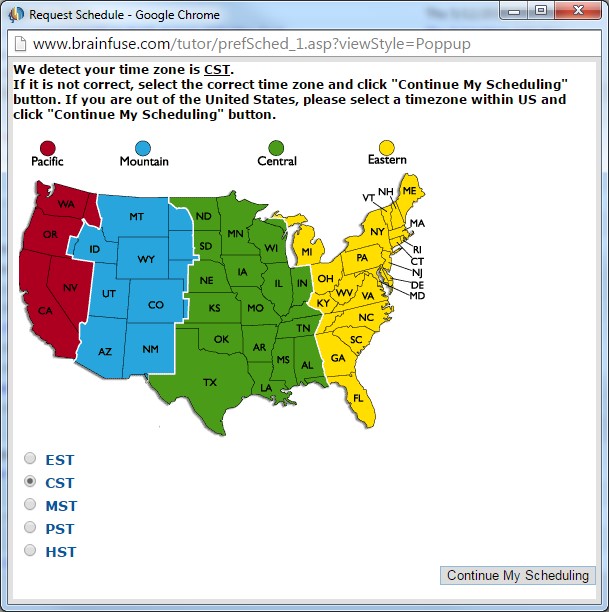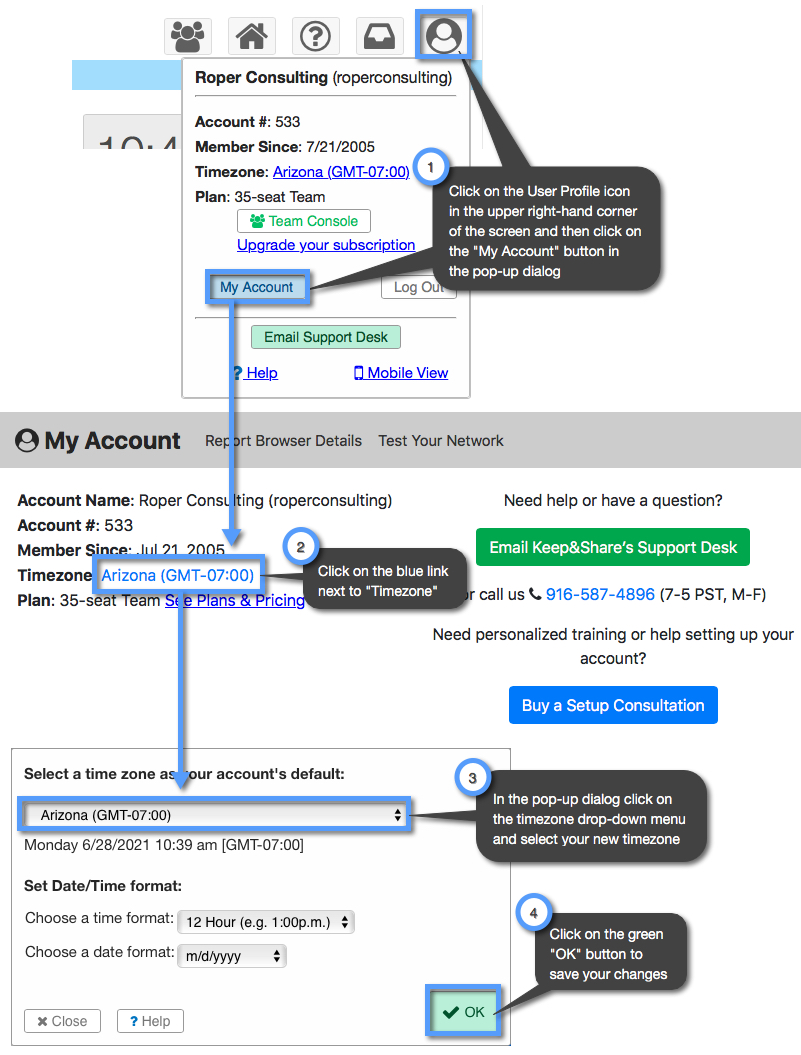

MicroStrategy 2021 Update 8 brings refreshed approach to the time dimensions in MicroStrategy, as well as a set of unique capabilities for time dimensions. In both cases, the meeting is stored on the servers as starting at the same UTC time (10:00 P.M.).Starting in MicroStrategy 2021 Update 10, users can choose an interface language for language objects. Pacific Time to an attendee in the Mountain Time zone, the attendee will see the meeting as starting at 3:00 P.M. If you are in one time zone, and you send a meeting request to an attendee in a different time zone, the meeting item is displayed at the respective local times on each person's calendar, but stored as the same absolute time in UTC.įor example, if a meeting organizer in the Pacific Time zone in the United States sends out a meeting request for a meeting that starts at 2:00 P.M. The second time zone is visible only when you view the calendar in day or week view.

If you organize a meeting and display free/busy time for invitees from other time zones, their busy times are adjusted so that they are displayed correctly in your time zone. If two time zones are shown, the meeting organizer's time zone is used as the reference point. When you add a second time zone, the current time in the primary time zone is highlighted with a color gradient to make it easier to see. You can add and display a second time zone in Outlook, which can be useful when you are scheduling meetings or conference calls with people who are working in other time zones. This option is available only in time zones that use daylight saving time (DST).Ĭlear the Show an additional time zone check box. If you want your computer clock to automatically adjust for daylight saving time changes, select the Adjust for daylight saving time check box. In the Label box, type a name for the additional time zone. Select the Show an additional time zone check box. The second time zone is used only to show a second time bar in Calendar view and does not affect the way in which Calendar items are stored or displayed. To display a second time zone in your Outlook calendar, select the Show an additional time zone check box in the Time Zone dialog box. When you are staying in the other city, you might want to view your Calendar items in relation to the time zone for that city. The two time zones can be, for example, your local time zone and the time zone of a city that you often travel to. Outlook can display two separate time zones in the Calendar. If you organize a meeting and display free/busy time for invitees from other time zones, their busy times are adjusted so that they appear correctly in your time zone. In both cases, the meeting is saved as starting at the same UTC time of 10:00 P.M.

The attendee sees the meeting as starting at 3:00 P.M. Pacific time to an attendee in the United States Mountain time zone. When you send a meeting request to an attendee in a different time zone, the meeting item is displayed at the respective local times on each person's calendar but saved in UTC.įor example, a meeting organizer in the United States Pacific time zone sends a meeting request for 2:00 P.M. The start and end times for items in the Outlook Calendar are saved in the Coordinated Universal Time (UTC) format, an international time standard similar to Greenwich Mean Time. On the Calendar tab, under Time zones, clear the Show a second time zone check box and/or the Show a third time zone check box. This option is available only in time zones that use daylight saving time (DST). If you want your computer clock to automatically adjust for daylight saving time (DST) changes, select the Adjust for daylight saving time check box. In the Time zone list, click the time zone that you want to add. In the Label box for each time zone, type a name for the additional time zone. On the Calendar tab, under Time zones, select the Show a second time zone check box and, if needed, the Show a third time zone check box. The second and third time zones are used only to show a second and third time bar in Calendar view, and do not affect the way in which Calendar items are stored or displayed. The time zones can be, for example, your local time zone, the time zone of another business location, and the time zone of a city that you often travel to.

In other versions of Outlook, including Outlook 2019 Volume License, Outlook 2016, Outlook 2013, and Outlook 2010 you can display two time zones. In the latest versions of Outlook for Microsoft 365, three separate time zones can be displayed in the Calendar.


 0 kommentar(er)
0 kommentar(er)
